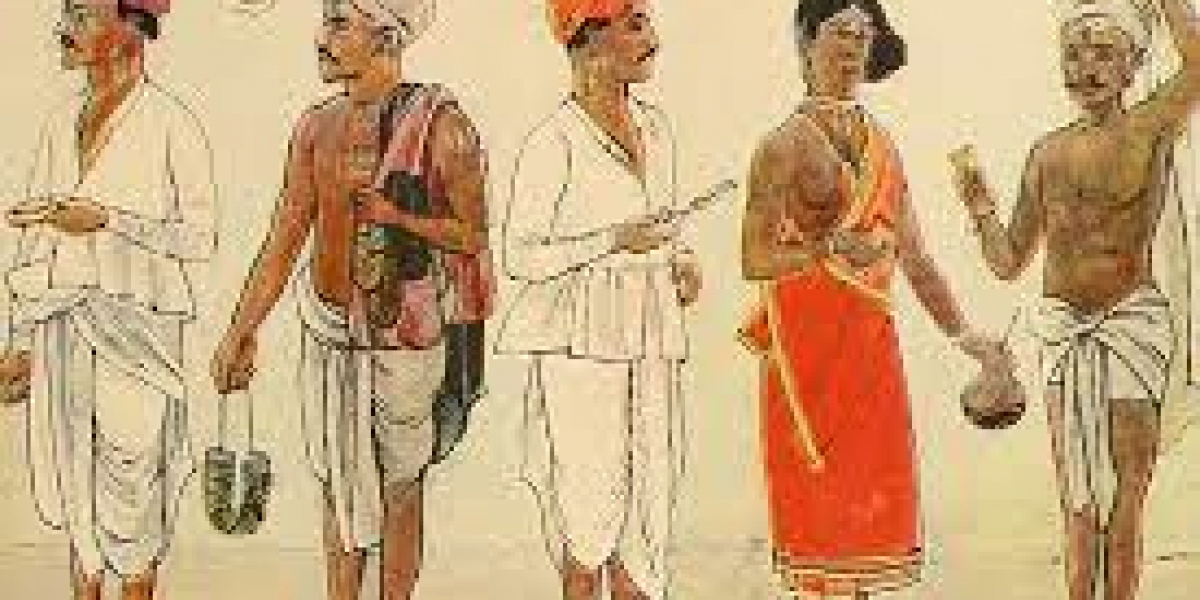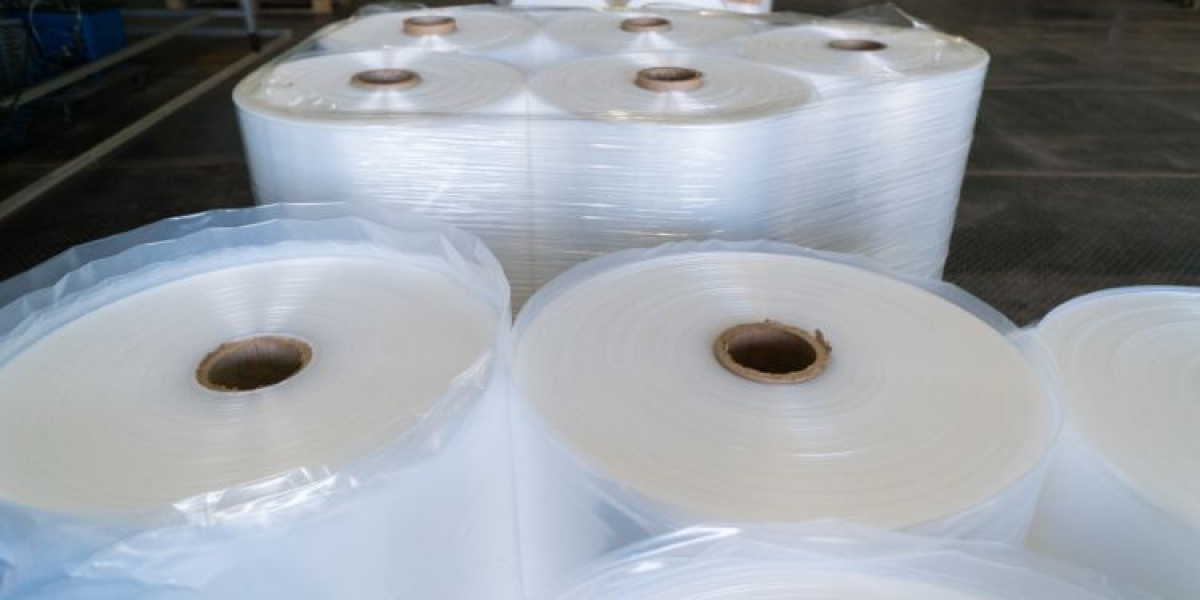Clothing serves not only as a basic necessity but also as a reflection of culture, society, and identity. In the annals of ancient civilizations, the Indus Valley Civilization stands out for its remarkable advancements in various aspects of life, including clothing. From the intricately woven fabrics to the styles that adorned its people, the clothing of the Indus Valley Civilization offers a fascinating glimpse into the lives of our ancient ancestors and their connection to the broader tapestry of human history.
The Fabric of Civilization: Materials and Techniques
The people of the Indus Valley were pioneers in textile production, utilizing a variety of materials and techniques to create their garments. Archaeological excavations have unearthed evidence of cotton cultivation and the spinning of yarn as far back as 5000 BCE, making the Indus Valley one of the earliest centers of cotton cultivation in the world. Cotton was not only abundant but also versatile, allowing for the creation of fine, lightweight fabrics suitable for the region's warm climate.
In addition to cotton, the Indus Valley people also utilized other fibers such as silk and wool, albeit to a lesser extent. These materials were spun into yarn using simple spindle whorls and then woven into cloth using rudimentary looms. The resulting fabrics were often dyed using natural pigments derived from plants and minerals, yielding a vibrant array of colors that adorned the clothing of the ancient Indus Valley inhabitants.
Fashion and Identity: Styles and Adornments
The clothing of the Indus Valley Civilization was not merely functional but also served as a means of expressing identity, status, and cultural affiliation. While specific details about fashion trends and social customs are limited, archaeological evidence suggests that garments varied in style and design according to factors such as gender, age, and social status.
For example, depictions found on pottery and seals indicate that men typically wore wrapped garments resembling dhotis or lungis, while women often adorned themselves with draped garments akin to saris or shawls. Accessories such as jewelry, belts, and headdresses were also commonplace, adding a touch of elegance and personal flair to the attire of both men and women.
Trade and Exchange: The Global Reach of Indus Valley Textiles
The mastery of textile production in the Indus Valley Civilization not only satisfied the needs of its own populace but also facilitated trade and exchange with neighboring regions and distant lands. Archaeological evidence suggests that Indus Valley textiles were highly prized commodities that found their way into the markets of Mesopotamia, Egypt, and beyond.
Through overland and maritime trade routes, Indus Valley textiles reached far-flung destinations, where they were coveted for their quality and craftsmanship. The exchange of goods, including textiles, not only fostered economic prosperity but also facilitated cultural diffusion and interaction between different civilizations, leaving an indelible mark on the fabric of human history.
Legacy and Influence: The Indus Valley's Enduring Impact
Although the Indus Valley Civilization declined around 1900 BCE, its legacy endured through the millennia, shaping the course of subsequent civilizations in the Indian subcontinent and beyond. The advancements made in textile production and clothing design by the people of the Indus Valley laid the foundation for future innovations in the realm of fashion and textiles.
Moreover, the cultural exchange facilitated by trade networks connected the Indus Valley with distant lands, influencing art, architecture, language, and religion across vast regions. The threads of history woven by the Indus Valley Civilization continue to reverberate through time, reminding us of the interconnectedness of human civilizations and the enduring significance of clothing as a symbol of identity and heritage.
Conclusion:
The clothing of the Indus Valley Civilization serves as a testament to the ingenuity, creativity, and cultural sophistication of our ancient ancestors. Through their mastery of textile production, the people of the Indus Valley created garments that not only provided protection and comfort but also expressed their identity, status, and cultural heritage. From the bustling markets of Mohenjo-Daro to the distant shores of Mesopotamia, Indus Valley textiles left an indelible mark on the fabric of human history, influencing subsequent civilizations and shaping the course of our shared heritage. As we unravel the threads of history, let us not forget the significance of Indus Valley clothing in illuminating the richness and diversity of ancient civilizations.








